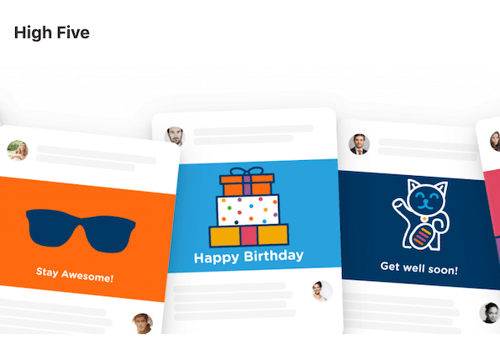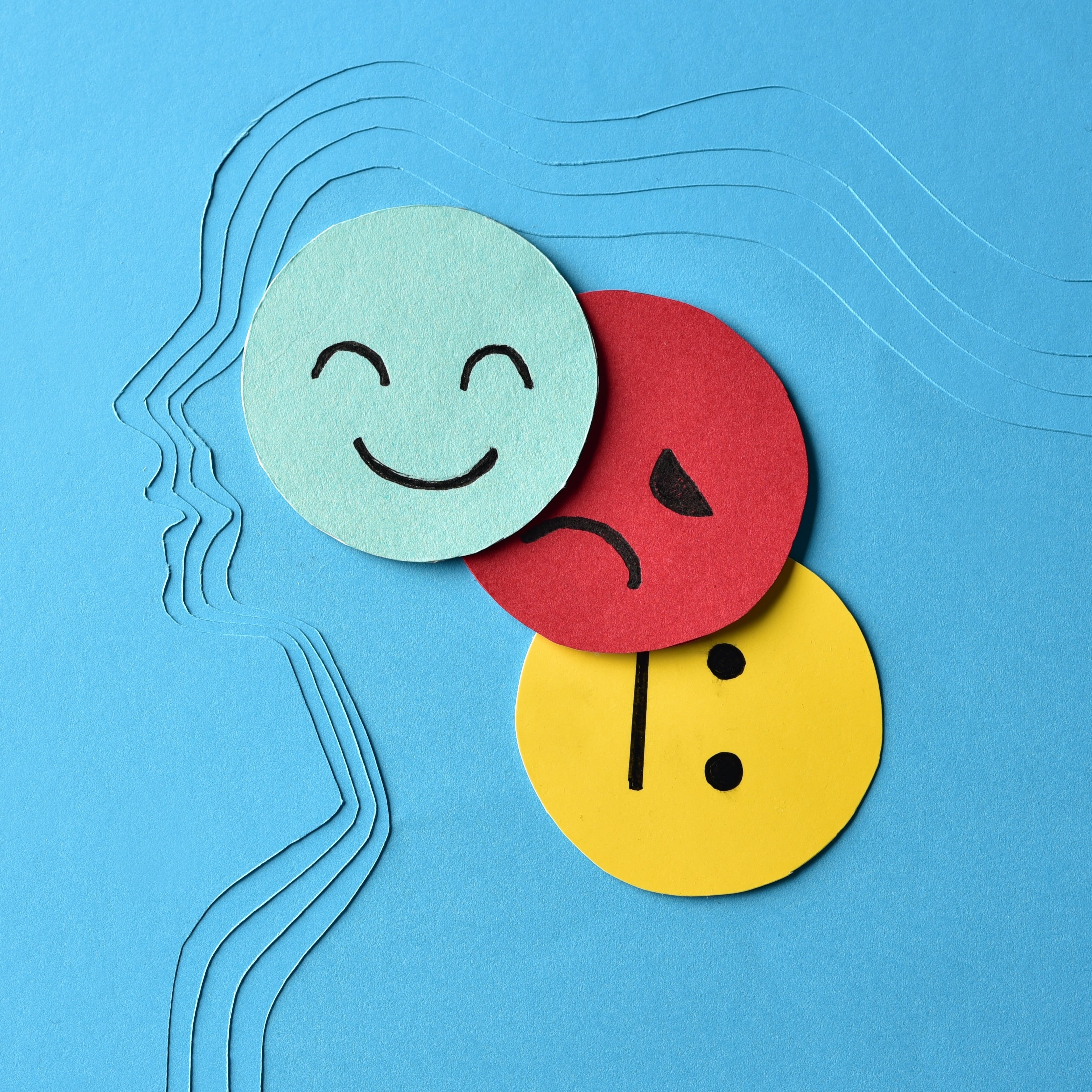4 min read
Imagine opening up a gift from your grandmother on your birthday, maybe a nice, cozy sweater. But it’s a color you hate, with a weird pattern and made of scratchy wool. And you’re allergic to wool.
Instead, what if your grandmother asked you what your favorite color was, and you had the opportunity to let her know that you were really into basic stripes and oh by the way, the last wool sweater you had made you break out in hives?
And then your gift turns into something you truly wanted and are excited to wear, rather than feeling forced just because someone you respect and admire bought it for you. The same holds true for your recognition tactics.
When you give employees a chance to provide input, not only will they be more excited for the final outcome, but they’re more likely to actually engage with the program once it launches.
Designing the perfect reward and recognition program can seem daunting. Where do you focus, the recognition, or the reward? Who gets recognized? How do they get recognized? And with what?
While there are several questions to answer, I find that a great place to start finding the answers to your dilemma lies in your own backyard — asking your employees.
Here are a few ideas to get you started to engage your employees with your reward and recognition program from the get-go:

Hold a focus group
While you can send out a quick and easy survey, hosting a focus group (either virtually or in-person) delivers extra value for people to go beyond just their initial answer.
A few questions to consider when designing your reward and recognition program:
| 1. What do they want to see in a reward and recognition program? |
| 2. How would they rate their current R&R experience? This could include how they feel recognized by their manager, by the Leadership Team or by their own team members/peers. |
| 3. If a program currently exists, what do they love about it? Wish was different? |
| 4. How would receiving more recognition make them feel? |
| 5. How frequently are they being recognized? |
The key here is to make sure that attendees represent all parts of your workforce. So whether you conduct separate sessions for different populations or general sessions for everyone, make sure you’ve got everyone covered. This can be especially important in a geographically-dispersed workforce, or multi-generational.
One last tip: It’s important to create a "safe" environment for your employees to open up and share their true thoughts and ideas, and they can only do this if you let them freely express themselves.
Download our eBook to discover how to use employee feedback in your reward and recognition program »
Find your champions
While holding a focus group is great, sometimes the project spokesperson can’t be in all places at once. This can actually work to your advantage!
A focus group held by someone who is already bought in to the idea of creating or refreshing a reward and recognition program at work can seem more genuine than coming from the project spokesperson.
While that person is on your team, it doesn’t seem like they have an “agenda” and employees may feel more comfortable opening up.
Who are your champions? Look for a group of a dozen or so “influencers” or opinion leaders that are plugged into what’s going on within your business. Maybe they have a role that’s cross-departmental, or they’re always the first one to reach out to a new hire. Make an effort to meet with your champions on a monthly or quarterly basis to get your own ear to the ground of what’s happening across your company from a cultural perspective.

Crowdsource peer-to-peer recognition ideas
Asking for feedback is one thing, but when an employee sees their ideas “up in lights,” they’ll automatically feel more connected to the program and may even share it with their fellow colleagues. If you’re thinking of a peer-to-peer recognition program such as eCards, ask employees to submit creative ideas for what the program could be called (we call ours High Fives) or consider asking them to input eCard design ideas, too.
Get their eyes on the prize
Imagine giving your employees exactly what they want, but never thought to ask. What would make them excited? It might be more face-time with the CEO, or a voucher toward a big shopping spree. Do your best to personalize the employee reward and recognition experience and find creative ways to give them precisely what they’re looking for.

Get (and use) ongoing feedback
Your job will be easier and your program will be more effective if you accept that the first plan you make may not be your last. Keep focus groups going after the start of the program to learn how recognition efforts are being perceived. What is working? Is there anything that should be better communicated? Are there any adjustments that would make the program more consistently used?
Take the pressure off to get the program exactly right, right away and be open to making adjustments based on your unique culture and the unique needs of your employees.
What questions have you asked others during your employee reward and recognition program design?

%20(1).jpeg) Alexandra Powell
Alexandra Powell



